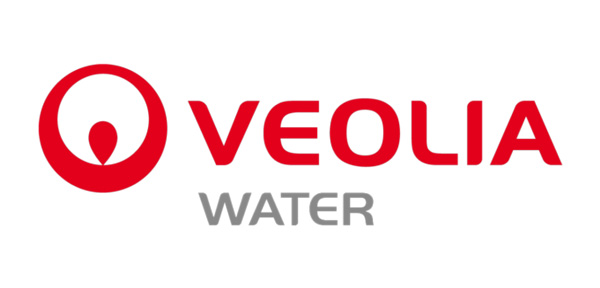Turning the tap on enterprise-wide efficiency gains
Replacing two legacy systems, Veolia Water deployed Esri’s ArcGIS to create a single, integrated GIS for over 600 employees. This enterprise-wide GIS strategy is increasing the efficiency of business processes and leading to long term cost savings, as well as improvements in customer service.
The Customer
Veolia Water UK relies on geographic information systems (GIS) to supply over 900 million litres of fresh drinking water to 3.5 million customers every day, using around 16,000 km of water mains.
ArcGIS gives all employees a single, accurate, up-to-date view of assets, leading to better decision making
Customer service is improved as the organisation can respond to leaks more quickly and work more efficiently
Veolia Water expects to secure ROI in enterprise-wide GIS in less than five years
The Challenge
Veolia had two main legacy GIS applications, which were no longer supported, making it difficult to adapt to changing business requirements.
Most significantly, the company had no single source of up-to-date spatial data, contributing to poor data quality, data duplication and other inefficiencies. “We had to reduce the risk of making operational decisions based on information that wasn’t absolutely correct”, says Steve Andersen, Works Systems Manager. “At the same time, we wanted to become more efficient in the way that we worked.”
By having consistent data and ArcGIS tools in place throughout our organisation, we will be able to improve many business processes
Steve Anderson – Works Systems Manager
The Solution
Working closely with Veolia’s own staff, Esri designed and implemented the new corporate GIS solution, including extensive data cleansing and knowledge transfer to key Veolia users.
The solution was delivered in three phases, over twelve months. The first and most significant phase was the single central spatial database, created using ArcGIS Server, running on an Oracle database, and accessed via a web browser.
In phase two, Veolia extended database access to over 600 users, with a bespoke web page for each distinct group of users. This reduced unnecessary complexity, making it easy for users to find the tools they needed. In addition, the existing field-based GIS was upgraded to use the new database.
Deploying Esri’s ArcGIS Desktop software to provide full-featured GIS to over 50 specialist users was the final phase.
As our business grows, we will be able to achieve more with the same number of people. In the future, I see huge gains in efficiency across the entire business
Steve Anderson – Works Systems Manager
The Benefits
For the first time, Veolia has a fully integrated and centralised GIS:
One version of the truth
“Our network is a living thing that can change in nature at a moment’s notice”, says Andersen, and now the current status of all network assets is visible to all users, at all times.
More efficient business processes
“By having consistent data and ArcGIS tools in place throughout our organisation, we will be able to improve many business processes”, says Andersen. New automated processes include updating water leakage schematics whenever the central database is updated.
Long term cost savings
Andersen believes that “Veolia Water UK anticipates getting return on its investment within five years and hopes to benefit financially far greater than this into the future.”
Improved customer service
Responses to issues such as leaks are quicker, and there are new browser-based tools. For example, the conveyancing department can supply solicitors and home movers with a map, clearly showing the water main nearest to a property.
Reduced risk
Veolia now has a fully supported solution that can link to external systems and expand to meet changing requirements. In addition, ArcGIS improves the accuracy of street works, thus minimising the risk of corrective measures and fines.
Better decision making
Employees now trust the data, without the overhead of weekly data refreshes, the risk of basing decisions on out-of-date information, or field staff wasting time returning to the depot between jobs. Furthermore, “it was very difficult for us to distinguish between what was in the ground and what was proposed”, admits Andersen, but, “we are now much more able to show proposed pipe lines for new housing developments on the system. This helps the management team to make good long term investment decisions.”
Improved information sharing
ArcGIS makes it easier for Veolia to share information with other water authorities, external partners, public bodies, regulators (OfWat and DWI) and government departments. Flexibility to integrate map feeds from the internet and feed out its own information is crucial. “Being able to integrate with web services of all types is a key advantage,” says Evan Quick, GIS Manager.



